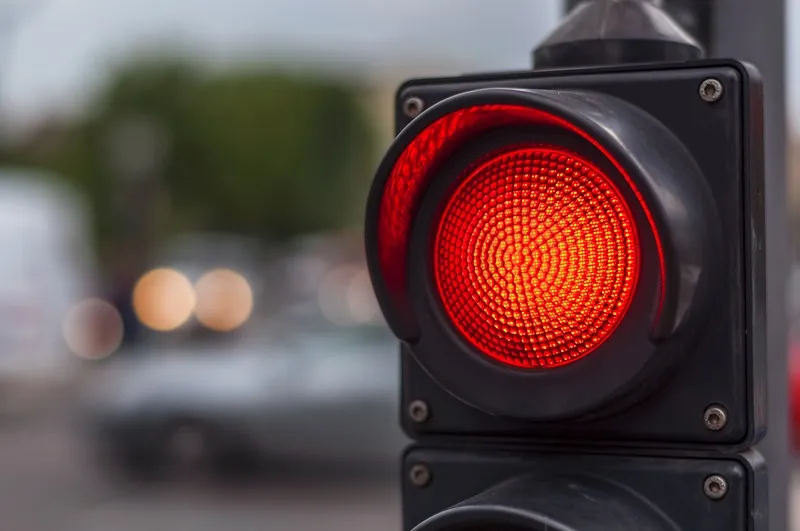AGD has upgraded its 350 monopulse radar to track up to 32 simultaneous vehicle targets within an 85m metre range, including the angle of the vehicle. The 350 has is designed for OEM integration into photo enforcement systems, to measure the position, speed and range of passing vehicles.
March 18, 2016
Read time: 1 min

The 350 has is designed for OEM integration into photo enforcement systems, to measure the position, speed and range of passing vehicles.
Road authorities can now determine in real time the flow of approaching and receding traffic within any given detection zone to enhance traffic management and speed enforcement as well as red light and yellow box violations.
Planned upgrades include input data for SCOOT, MOVA and SCATS










